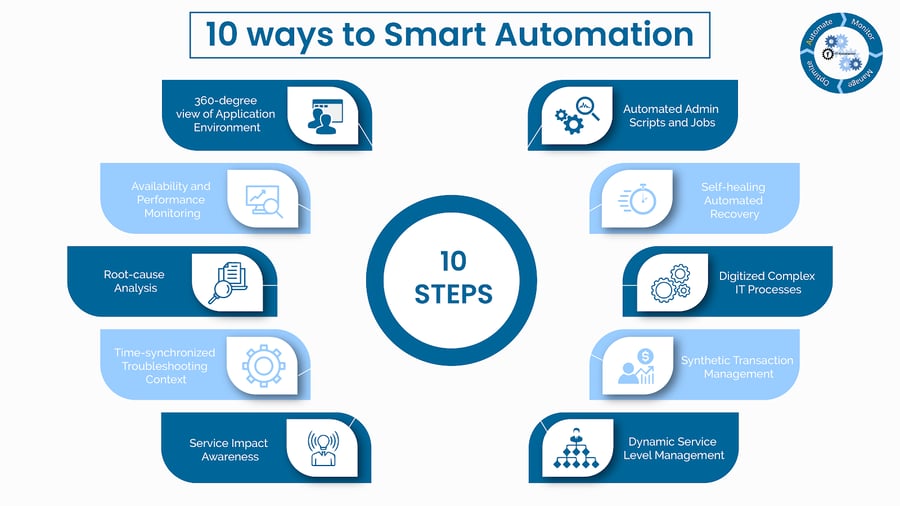As the world braces for panic from the Coronavirus (COVID-19), companies and households are under pressure to find efficient ways of working and communicating with limited contact. Since more than 3,000 deaths have occurred already, we have started to see airports implement travel bans, public schools closing, and people stocking up on household goods. Facebook, Google, SAP, and Adobe have already announced the cancellation of their largest conferences of the year while they project lower-than-expected revenues throughout the year. Here’s a Coronavirus Update: Google I/O, Facebook F8, and more 2020 tech conference cancellations and travel bans.
However, some companies have not missed a beat. Companies like Zapier, InVision, and Automatic have embraced the concept of Remote Teams, where employees telecommute and collaborate on projects and through software. Since the 2000s, working remotely has been a growing trend that has provided new opportunities for working. For some IT guys, working remotely has been normal since employees need to meet the demands of the work environment. They can use the extra time gained by not traveling to work, can be on call at early hours in the morning, and can handle personal errands and family emergencies with an easy transition.
Employees Want to Work Remotely
Most remote workers would tell you that they feel they get more done when working remotely. It can be difficult to find a healthy balance between work and personal life since every day is different and it can be difficult to calculate the time needed for each activity. Instead of using their personal time to prepare for going to work, remote workers can save time on the commute and be available as long as they have access to their computers and a stable WiFi connection. They can react quickly to critical situations as they occur, and now hours later after they arrive at work.
Remote Teams in the Workforce
Having access to more talent around the world is crucial for technology companies that want to stay ahead of their competition. For decades, American companies have been importing top talent from other countries through the H-1B Visa program. But for more agile teams that want to scale quickly without the hassle, hiring remotely is the way to go.
With the lack of office space required, employers no longer have to deal with office leasing, equipment, and coffee. The main expenses are monthly SaaS services for file and task collaboration, operations, and client management. The cost saved from expensive office overhead in turn is spent back on the business and its employees.
In the end, having a dedicated remote team leads to a happier workforce that is available more often. Remote workers mention they feel more valuable and productive with the low amount of office distractions, and access to their work is easy.
IT-Conductor and Remote Teams
First of all, we embrace the philosophy that we use to serve our clients. The IT-Conductor platform is a centralized tool where multiple roles can monitor and run scripts across different application ecosystems. Our focus is on automating the tedious and repetitive jobs, which workers don’t want to do anyway, so they can handle higher-level tasks where critical thinking is involved.
IT-Conductor founders Linh Nguyen and David Stavisski started the company in California, and our team has grown 100% remotely to operate in more than 6 time zones. IT-Conductor can be deployed completely remotely for clients and allows their IT team to orchestrate daily operations from anywhere on any device, ad-hoc or automated/scheduled. It also allows our Trusted Advisor Consultants to utilize the platform and remotely monitor and manage global customer operations.
Figure 1: Ten Ways to Smart Automation
How IT-Conductor Saves Team Time:
- Reduced the need for Basis Admins to manually monitor APM
- Can be up and running within 15 minutes, as opposed to weeks and multiple steps required
- Automatic System Discovery
- Self-healing recovery, which can be policy-based
- Automated SID Refresh
Having a dedicated remote team just made sense, and has been paramount in providing customers with global support and availability. Teams are happier that they get to spend more time with their families, and clients are happier because they receive a higher level of support.
Best Practices for Working Remotely
- Create a standard of expectations and communications - Consistent behaviors, predict what we will do and how we are understood. This helps create a standard of communication. Is it email? Video chat? Slack?
- Defined roles and tasks - Each member should have a clear idea of what they are supposed to do with the set of software they use. It is common to have a few collaborators on a task so good communication is important.
- Establishing connections with colleagues - Before a weekly call, encourage presenters and team members to share more about their personal lives. This can include family photos, hobbies, or any side projects they are pursuing.
- Acknowledge Events and Achievements - Celebrating local major events, announcements, and holidays in your virtual space can strengthen relationships with your colleagues. New information can provide a different way to engage and communicate within the team.
- We don’t burnout - Being able to meet personal commitments with friends and family is so important. Employees can step away when they need to, and avoid falling into a boring routine that causes burnout. Working remotely is tied to an improvement in the quality of life, which in turn improves the quality of work.
Other Companies that Work Remotely
Zapier
Zapier started as a remote team and has gone from 3 founders to over 200 people working remotely across 20 countries. Their philosophy, similar to IT-Conductor’s, is about using automation as much as possible and keeping teams small to avoid resources on manual labor. They want their team to avoid repetitive, boring tasks where they don’t feel productive, and instead focus on meaningful work, where they can make an impact on things they need to do.
Remote work has been an integral part of Dell's business model. With its growing number of employees and the need for commuting increased, Dell wanted to reduce its impact on the environment while supporting happy employees. In 2009, they created a program called Connected Workplace, where employees collaborate in a virtual environment and get tasks done. Communication is available via instant messaging, emails, and calls, and employees are more engaged at work.
With headquarters in Germany and offices in over 60 countries, SAP has relied on virtual collaboration as part of its success. Each center may have a specialty group where managers can choose employees from to assemble virtual teams. Internally, there is an ongoing team-building initiative that blends coaching, learning sessions, and conference calls.
Want to Join our Remote Team of Advisors?



